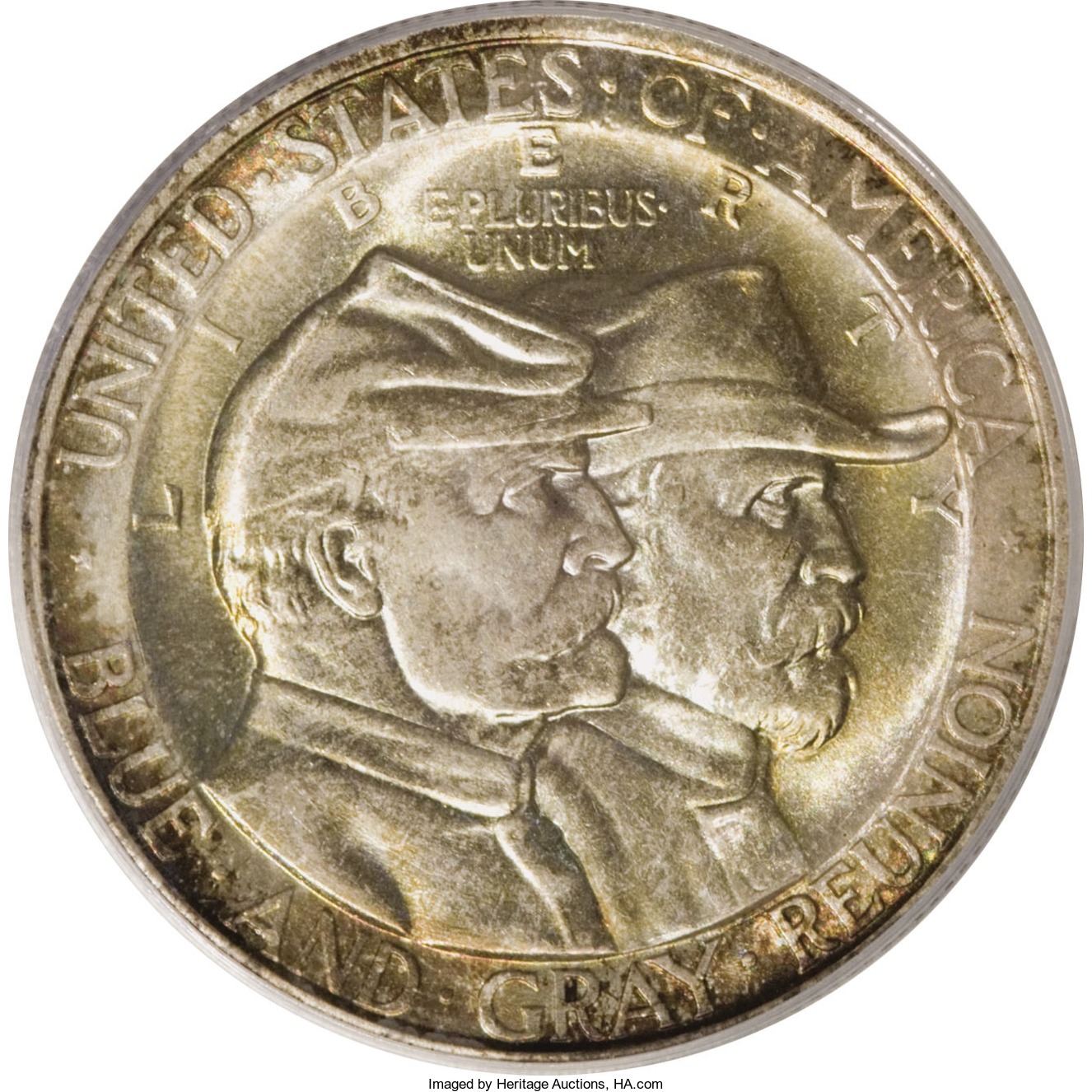
By Jim O’Neal
People who read about American history are aware of the Battle of Gettysburg and President Lincoln’s Gettysburg Address. They are less familiar with the details of these famous events.
In early May of 1863, the Battle of Chancellorsville in Virginia pitted an outnumbered Robert E. Lee against “Fighting Joe” Hooker, whose Army of the Potomac was twice the size of Lee’s army. However, the Confederate general won the battle by outmaneuvering Hooker, which resulted in Lincoln replacing him.
Chancellorsville was also where General Thomas “Stonewall” Jackson (Lee’s right arm) was killed.
Buoyed by success, General Lee then turned north into Pennsylvania with plans to capture Harrisburg and then surround Washington, D.C. This would change the entire war. However, on July 1, 1863, the Union Army – now under General George Meade – blocked Lee at the crossroad town of Gettysburg. This is where the famous battle occurred.
The fighting raged over three days and was highlighted by southern General George Pickett’s famous charge on July 3 where his division suffered staggering casualties and forced Lee’s entire army to retreat. “Pickett’s Charge” became known as the “high water mark” of the Confederacy as the South slowly spiraled downward over the next two long years.
When General Meade finally moved south after Lee’s retreat, he advised Lincoln, “I cannot delay to pick up the debris on the battlefield.”
And quite a battlefield horror it was.
Eight thousand bodies and the corpses of 3,000 horses still lay unburied across the ridges and farmland of Gettysburg. Burial resources were scarce and the most they could do was lightly cover the bodies with dirt. The horses were burned in great piles south of the town.
Soon, relatives of Union soldiers began to scavenge through the shallow graves looking for loved ones. Arms, legs and even heads were left protruding and the horror was magnified when crows, pigs and flies descended looking for food.
Something had to be done and the job fell to William Saunders, a cemetery landscape architect. Then came the task of digging up the dead, identification and reburial.
Saunders shaped the Soldiers’ National Cemetery at Gettysburg (now called Gettysburg National Cemetery) and it was here on Nov. 19, 1863, that President Lincoln uttered the 272 words that became so well known.
The main speaker for the event was Harvard President Edward Everett, who droned on for two hours before Lincoln in a 13,000-word speech. The next day, Everett wrote to Lincoln: “I should be glad, if I could flatter myself, that I came as near to the central idea of the occasion, as you did in two minutes.”
Amen.
Intelligent Collector blogger JIM O’NEAL is an avid collector and history buff. He is President and CEO of Frito-Lay International [retired] and earlier served as Chairman and CEO of PepsiCo Restaurants International [KFC Pizza Hut and Taco Bell].
